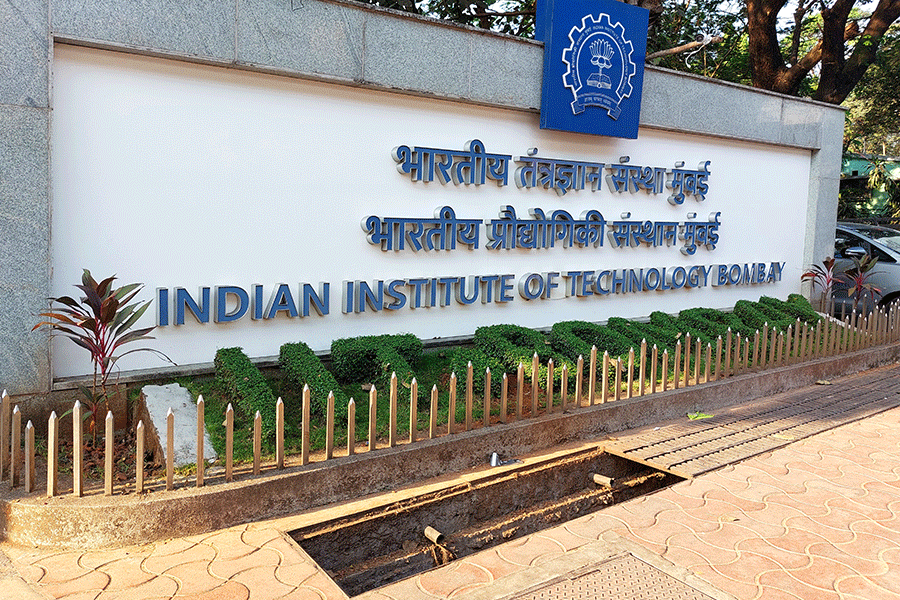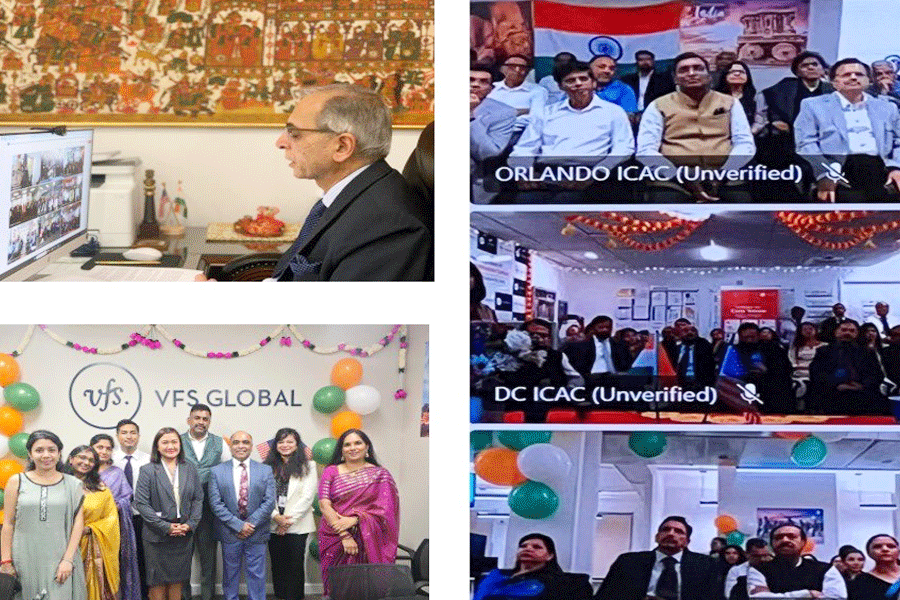 |
Madonna and Gwynneth Paltrow have given it celebrity status. A pregnant Victoria Posh Spice is ready to embrace the technique to regain her petite shape, post her third pregnancy. But the Calcutta woman continues to turn a blind eye to the therapeutic properties of yoga, during or after pregnancy.
Yoga therapists like Gautam Sen from the Bihar School of Yoga vouch for the multi-pronged benefits of asanas to deal with the mental and physical conditions of pregnancy, but rue the fact that gynaecologists rarely guide clients to the traditional technique.
?Yoga not only helps cope with the rapid hormonal changes during pregnancy, but its breathing techniques ensure smooth delivery and check post-delivery depression. It also tones the stomach and lower abdominal muscles. Sadly, however, very few women in our country are aware of the benefits,? says Sen.
The lack of awareness is echoed in the trends witnessed at new-age fitness centres, like Add Life. ?Clients only come to us after six to 12 months of delivery, when they want to lose weight,? points out Sabyasachi Chakraborty, manager, Add Life.
It is quite the same scenario at the fitness centre in Solace. Meera Vaghani, the yoga instructor at the Sunny Park centre, has a number of contracting asanas up her sleeve to get the uterus back in shape, but says: ?Women only turn to yoga to deal with complications, like piles, after pregnancy.?
Sen, for one, recommends separate yoga regimen for pre-natal and post-natal periods, with a strong emphasis on breathing techniques and maintaining muscular flexibility.
Asanas help achieve a level of physical comfort during the first three months of pregnancy, when the body undergoes rapid hormonal changes.
Thereafter, the mother-to-be is taught posturing to deal with day-to-day activities, as her body becomes heavier.
Asanas like Pranayam help relax the body and mind during the advanced stage of pregnancy and the focus is on oxygenating the system to facilitate smooth delivery.
Simple household chores, like swabbing a small room, during this stage to avoid stiffness in the pelvic region is also highly recommended.
?Squatting is the position rural women give birth to in traditionally, which is a very scientific position, as it works in accordance with the laws of gravity. Modern hospitals, however, provide no such facility,? laughs Sen.
Continuing with the yoga regimen helps deal with a sense of loss and depression that most women experience post-pregnancy, apart from the more tangible benefit of toning the extended muscles in the stomach and lower abdominal area.
Most women, however, are in a hurry to get back to their jobs and cannot invest time for this, crib the city?s yoga teachers.
Senior gynaecologists like Ranjit Chakraborty at Bhagirathi Neotia Woman and Child Care Centre claim to recommend yoga three months after the delivery ?to help tone the body muscles?, but lament in the same breath that the awareness level is limited.
A case in point: ?parent craft classes?, or ante-natal classes, are held at ?only two or three places in the city, observes Chakraborty.










